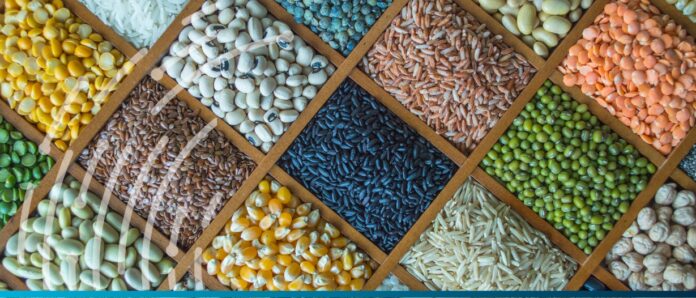Estimated reading time:
2
minutes
Najla Souza, the Director of the Brazilian Institute of Beans and Pulses (IBRAFE), has emphasized the critical importance of establishing long-term trade policies between Brazil and India to foster stability and growth in the pulses market.
“We require policy consistency to justify increased investment in pulse cultivation,” stated Najla Souza. Last year, Brazil successfully exported 70,000 tonnes of urad (black gram) to India, positioning itself as the second-largest supplier of this legume, following Myanmar.
In 2024, India’s imports of pulses reached an impressive six-year high of 6.63 million tonnes, doubling the volume from the previous year. This surge can be attributed to India, the world’s largest consumer of protein-rich legumes, seeking to mitigate domestic inflation.
The significant increase in imports—primarily driven by yellow peas, which comprised 45% of total purchases—has prompted Brazil to strategically position itself as a reliable alternative supplier. This is particularly relevant as India has traditionally sourced pulses from countries such as Canada, Myanmar, Australia, Mozambique, and Tanzania.
Despite this opportunity, Brazilian exporters, including small- and medium-sized enterprises (SMEs) and farmers, are advocating for long-term trade assurances before they commit to expanding their production capabilities.
India’s recent strategy to liberalize imports through the removal of duties has led to record-high purchases. For instance, imports of chana (chickpeas) quadrupled following the duty elimination in May 2024, while imports of masur (red lentils) increased by 53% under similar circumstances.
This dramatic increase in imports has raised concerns within India’s domestic industry. Bimal Kothari, president of the Indian Pulses and Grains Association, noted, “For the first time, protein-rich yellow peas have become cheaper than wheat,” prompting calls for measures to prevent “cheap dumping” in the market.
Brazil’s agricultural strategy includes implementing crop rotation among soybeans, corn, and pulses to maintain soil health and sustainability. As part of its market diversification efforts, IBRAFE is actively promoting Brazilian varieties, such as the protein-rich Carioca bean, to Indian households.
Supporting this initiative, Suresh K Reddy, India’s ambassador to Brazil, suggested that “enhanced sourcing would introduce competition and better pricing” in India’s domestic market, where imports currently account for 15% of pulse consumption.
Additionally, India aims to import a variety of products, including sunflower oil and Carioca beans, from Brazil. Luis Rua, Brazil’s trade secretary, has indicated that efforts are underway to finalize a phytosanitary agreement that will facilitate the supply of pulses and edible oils between the two nations.
Historically, Brazil has benefitted from the importation of Indian zebu breeds in the late 19th and early 20th centuries, which led to the crossbreeding of Gir and Holstein cattle to create the Girolando breed. This breed now represents 80% of Brazil’s milk production, yielding between 30 to 40 liters of milk per day, significantly more than India’s average of 15 to 16 liters.
Rua has proposed a collaborative effort between the Brazilian Zebu Breeders Association (ABCZ) and Indian firms to enhance cattle genetics. This initiative is particularly crucial as India’s milk productivity remains low due to smaller herd sizes and limited advancements in innovation.




